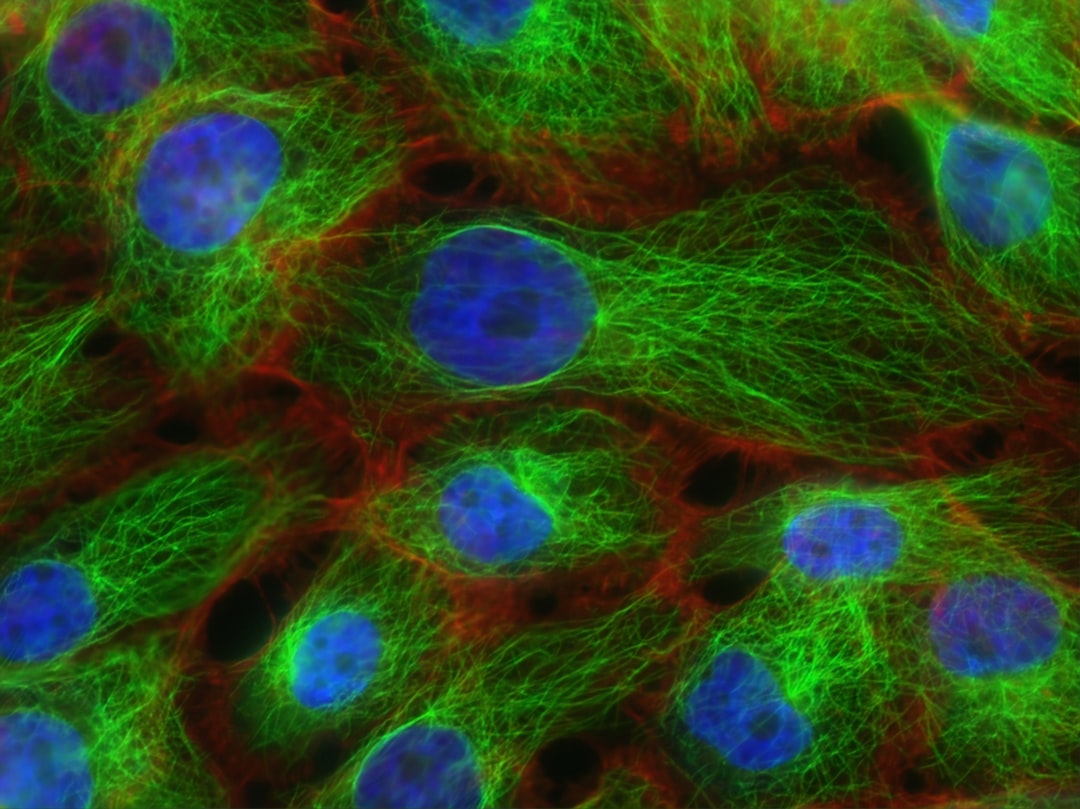What is it about?
Eczema, also known as atopic dermatitis is the most common skin disease in children. This study provides a new understanding of how the bacterium Staphylococcus aureus sticks to dead flattened cells (corneocytes) on the surface of skin. Our work shows that the bacterial protein ClfB is involved in attachment to corneocytes.
Featured Image
Why is it important?
Colonization of the skin by Staphylococcus aureus can lead to infection making atopic dermatitis disease more severe. Our results provide new insights into the adhesive interactions that allow Staphylococcus aureus to attach to skin corneocytes. Understanding these interactions is critical to informing new targeted therapies to reduce skin infection in atopic dermatitis patients.
Read the Original
This page is a summary of: Clumping Factor B Promotes Adherence of Staphylococcus aureus to Corneocytes in Atopic Dermatitis, Infection and Immunity, April 2017, ASM Journals,
DOI: 10.1128/iai.00994-16.
You can read the full text:
Contributors
The following have contributed to this page










